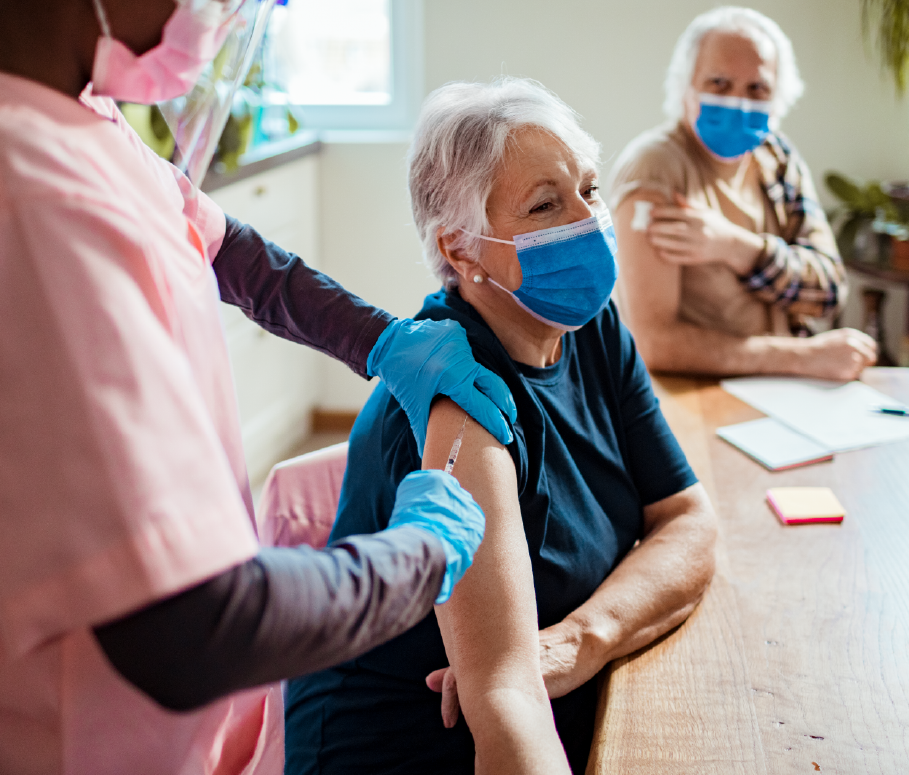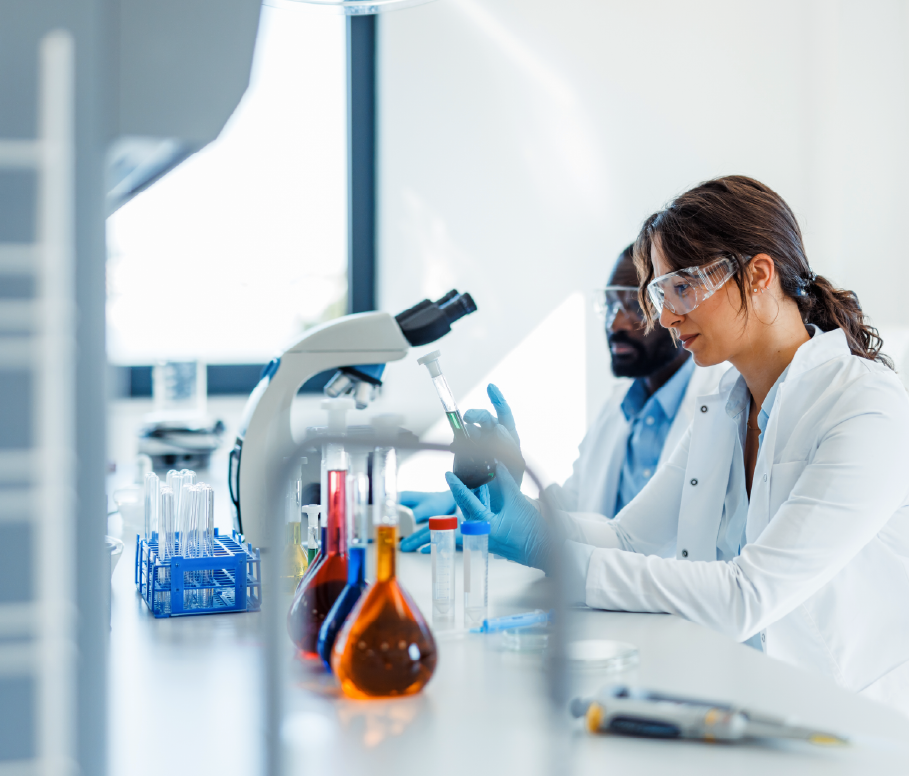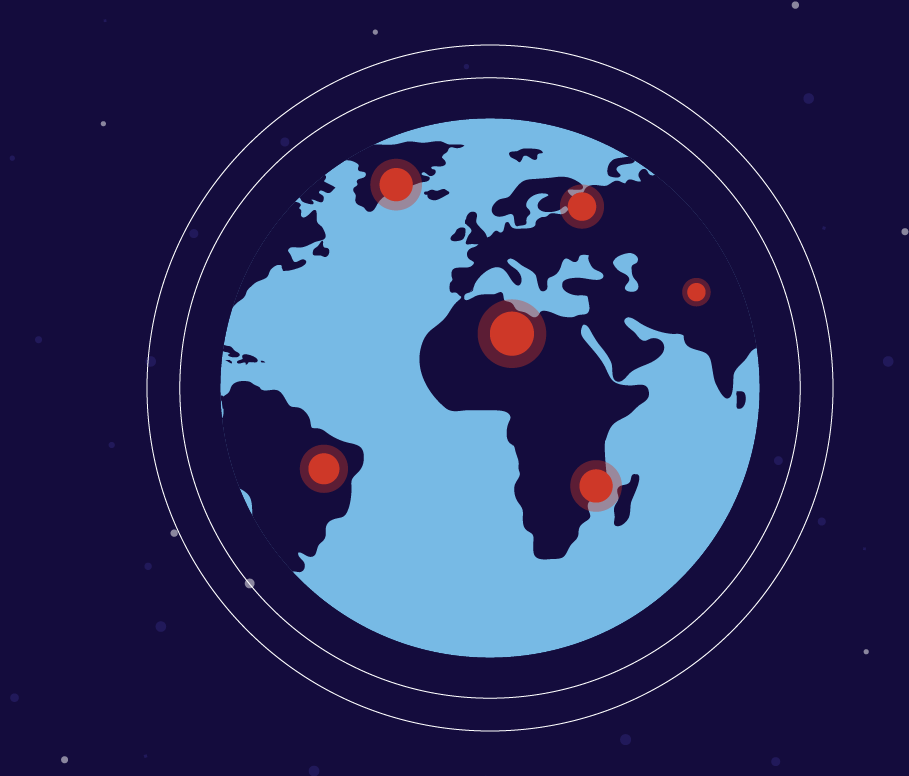This blog post is the first of the Real Barriers to Vaccine Equity series, which examines issues impeding greater and more equitable access to COVID-19 vaccines. This inaugural post takes a closer look at the role of intellectual property in vaccine development and manufacturing and provides an overview of the barriers to vaccine uptake.
It’s been two years since COVID-19 was declared a pandemic, kickstarting a race to develop vaccines and treatments and deliver them to patients worldwide. With more than 11 billion doses administered across 184 countries, the pace of development and level of innovation is a testament to the incredible science and research enabled by a robust intellectual property (IP) system. Yet some IP critics, including at the World Trade (WTO) and World Health Organizations (WHO), continue to support and promote a TRIPS waiver on IP for COVID-19 innovation as a mechanism for increasing access. The claim against IP protections has proven unwarranted as vaccine supply is exceeding demand. In fact, reducing IP protections may do more harm than good in the short term and as we prepare for the next pandemic.
The crucial role of IP in vaccine development and scaling up manufacturing is evident in that “most collaborations - if not all - involved some sort of licensing and transfer of technology, which would not be possible in the absence of a robust global IP system,” as IFPMA illustrates. According to Airfinity data, there are at least 370 manufacturing and production agreements for COVID-19 vaccines to date, of which 327 involve some form of tech transfer. Additionally, COVID-19 treatments are another exciting development made possible through incentives and protections afforded by IP, with at least 155 manufacturing and production deals to date.
Further bolstering the argument that IP is not to blame for the lack of vaccine access is government and multi-lateral leaders’ acknowledgement that the current barriers are not vaccine and treatment manufacturing. In a joint statement, the heads of the WTO, WHO, International Monetary Fund (IMF) and World Bank agreed that, “some low income (LIC) and lower middle-income (LMIC) countries are facing serious challenges in vaccine deployment. Constraints related to storage, cold chain capacity, and trained vaccinators are exacerbated in some cases by doses arriving with short shelf lives and without adequate lead time and shortages in ancillary supplies (such as syringes, safety boxes, and dilutants), with challenges to plan and finance vaccination campaigns in a timely manner.” Such challenges led the Africa Centers for Disease Control (CDC) to ask that COVID-19 vaccine donations be paused. Africa CDC Director John Nkengasong said the primary challenge for vaccinating the continent is “no longer supply shortages but logistics challenges and vaccine hesitancy,” as reported by POLITICO.
Several issues have proven to be real barriers to greater vaccine uptake.
This IP Progress series will break down these challenges, including the following:
- Infrastructure & Distribution: Prashant Yadav of the Center for Global Development emphasizes that “vaccine manufacturing is a complex process that requires the right equipment, workforce, quality-control systems, and inputs,” meaning that IP waivers will not simply enable all countries to manufacture their own doses. Further, distribution issues in developing nations, such as power outages and staffing shortages like in Cameroon, have proven detrimental to vaccine uptake.
- Supply Chain & Procurement: Further impeding vaccine access are supply chain issues, which have come in the form of inadequate cold storage, syringe shortages and other logistical challenges, as seen in Nepal.
- Low Demand & Inability to Administer: Administration of vaccines is a challenge in and of itself. In Zambia, for example, the lack of budget for calls to remind people about second shots is linked to the very small amount of people who received their follow up shot. Exacerbating this is pervasive vaccine hesitancy, which often stems from a historic distrust in the government or poor health education.
As we look to end the current pandemic and prepare for the next, it’s crucial to focus on the real barriers to COVID-19 vaccination and continue to strengthen the IP ecosystem critical for past, present and future success.
“With more than 11 billion doses administered across 184 countries, the speed of development and level of innovation is a testament to the incredible science and research enabled by a robust intellectual property system.”


